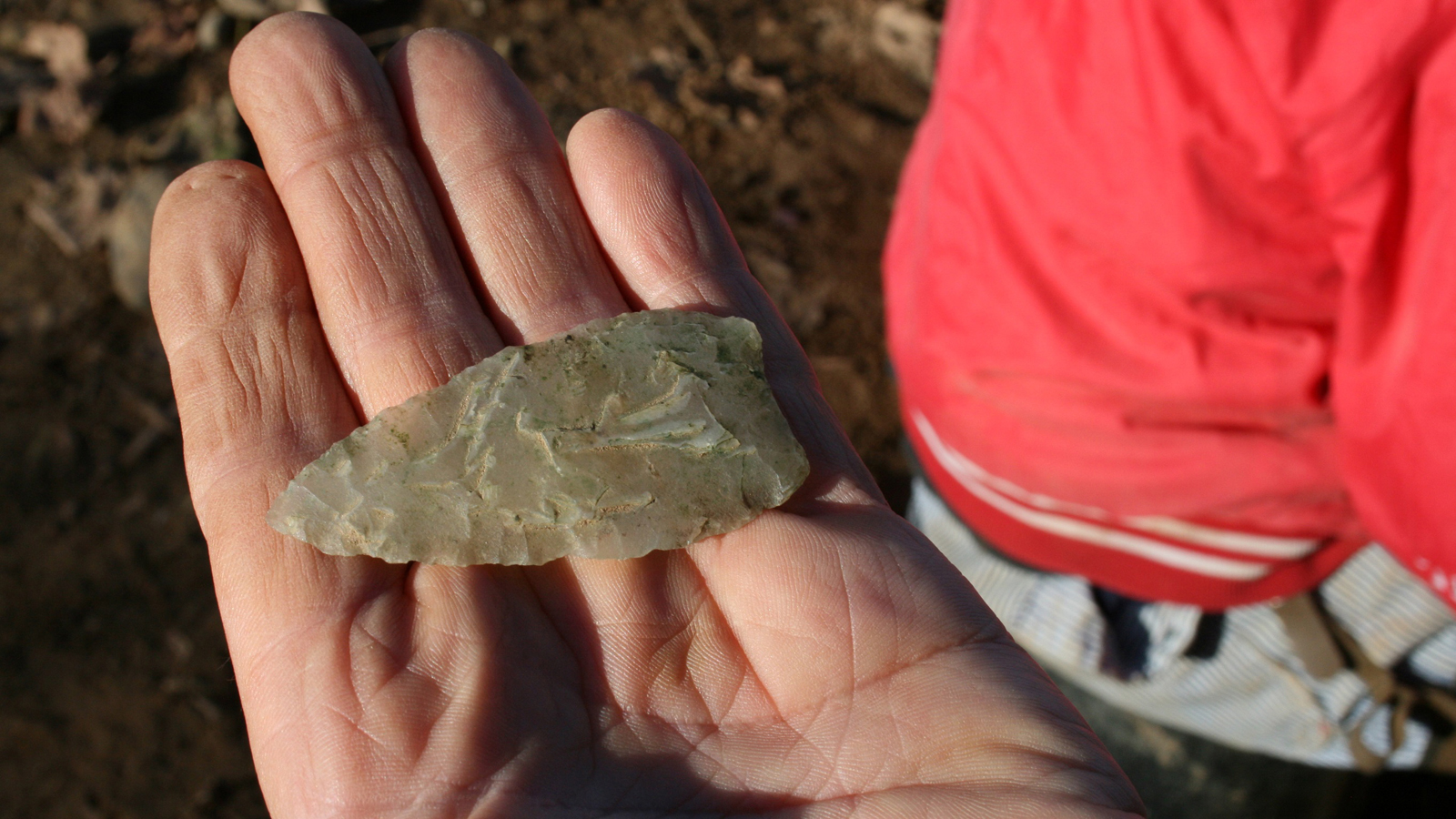The Archaeology of Prehistoric Climate Change

Editor’s Note: This is a guest post by Joseph Gingerich, an archaeologist, National Geographic Explorer, Smithsonian Institution Research Associate, and postdoctoral teaching scholar in NC State’s Department of Sociology and Anthropology.
Over the past several decades, scientists have become increasingly concerned about the effects of climate change on the modern world. Archaeologists are among these scientists, and have long been concerned about the effects of past climatic events, especially how these events may have influenced human decision-making processes. While human actions in the past may not always be applicable to the present, knowledge of past climatic change and its severity in terms of its effects on certain areas, river systems, or coastlines can inform our expectations of future events.
By 15,000 years ago, temperatures rapidly warmed as glacial ice sheets from the last Ice Age in North America melted. This warming trend saw a brief stasis of a couple thousand years – which is brief in geologic terms — and then a reversal around 12,900 years ago, reverting back to near Ice Age conditions for several hundred years. By 11,500 years ago, temperatures reached near modern temperatures and became more stable, at least in comparison to previous millennia.At the end of the last Ice Age, North America experienced an interval of rapid climate change.
During this period, from 15,000 years ago to 11,500 years ago, the first human populations entered North America. These hunter-gatherer populations may have moved at different paces across the landscape, may have had different ways of life, and may have struggled to adapt to a rapidly changing climate. Unfortunately, archaeologists have few places on the landscape that represent continuous occupations by these first people. These areas are important, because they may allow us to excavate and find remnants of prehistoric campsites to understand how human populations adapted to new landscapes, became settled into territories, and adapted or failed to survive changes in climate.
Evidence of some of the earliest sites in North America has been found in the Roanoke River Valley of Virginia. These sites are not just rare because of their age. They are also rare because, but unlike other locations, this river valley shows repeated use of the same location for thousands of years by some of the earliest people in North America.
River terraces along the Roanoke River show evidence of hunter-gatherers camping in the same location sporadically on a seasonal or yearly basis for approximately 5,000 years. These ancient campsites allow archaeologists to compare changes in human settlement patterns and resource use over time at a single location. By examining changes in river dynamics, such as evidence of flooding and the creation and erosion of landforms, archaeologists can compare how changes in local environments may have influenced human occupations. These changes will then be compared to broader regional signatures of climate change to better understand the impacts of climate on some of the earliest inhabitants of North America.
With support from the National Geographic Society, I am working with NC State and the Smithsonian Institution to lead a group of researchers and students in investigating these questions through the excavation of several archaeological sites in the Roanoke River Valley.
In autumn 2015, a crew of 12 undergraduate and graduate students from NC State and eight volunteers from the Archaeological Society of Virginia participated in the excavation of prehistoric campsites dating from 10,000 to 13,000 years ago. These excavations uncovered evidence of hunter-gatherers manufacturing stone tools and resharpening stone tools that were carried with them from distant locations.
These excavations also recovered charcoal for radiocarbon dating. Radiocarbon dating will be used to confirm the age of the campsites and to clarify the age of distinct land surfaces or soil strata. These investigations included taking core samples of river terraces to collect sediment samples that allow us to examine changes in the particle size of sediments. This information tells us about past land surface stability and the creation of landforms over time.
Over the next year, additional excavations will take place to collect more samples for radiocarbon dating and to evaluate the preservation of other sites that show evidence of human occupation in eastern North America between 13,000 and 10,000 years ago. Results from these investigations are being compared with data from other river valleys in Virginia and Pennsylvania to understand how hunter-gatherer landscape use differed in response to changes in river dynamics, which were brought about by a fluctuating climate. These data may inform us of how present-day climate change might impact the same river valleys, and the people who live there today.


